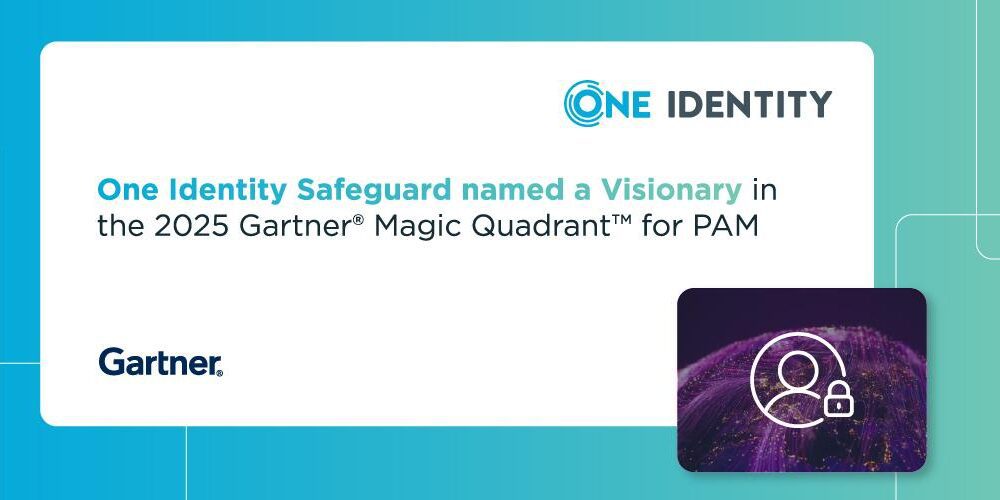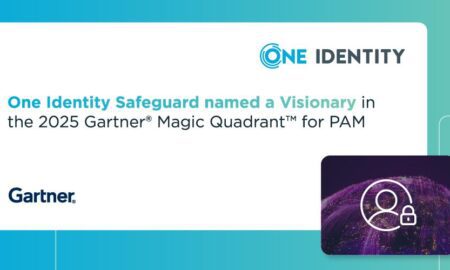Project profitability is the lifeblood of service-based businesses. Whether you run a marketing agency, consulting firm, IT services company, or construction outfit, your success hinges on your ability to complete projects efficiently while maintaining strong margins. Yet, despite the best intentions and expertise, many service businesses consistently struggle to achieve predictable profits. Understanding why this happens is the first step toward fixing it.
The Complexity of Service-Based Projects
Unlike product-based companies that sell tangible goods with fixed costs, service businesses operate in a world of variables. Every project is unique, every client has different expectations, and every deliverable requires human time and expertise. This complexity makes it difficult to accurately estimate costs, allocate resources, and measure profitability in real time. Many businesses rely on spreadsheets or disconnected tools to track their projects, which leads to misalignment between sales, delivery, and finance teams. Without centralized visibility, decision-makers can’t see which projects are profitable until it’s too late. This is one reason why investing in project profitability software has become increasingly critical—it provides the data transparency needed to manage complexity and prevent profit erosion before it happens.
Inaccurate Scoping and Estimating
Profitability problems often begin before a project even starts. Service companies frequently underestimate the time and resources required to deliver on a client’s expectations. This can happen because of pressure to close deals quickly, lack of historical data, or overly optimistic assumptions. When estimates are inaccurate, projects run over budget, timelines slip, and profits disappear. The solution lies in using data-driven scoping methods. By leveraging historical performance metrics, businesses can more accurately predict project costs and profit margins. Project profitability software can play a key role here by capturing data from previous projects, analyzing patterns, and providing real-time forecasting tools. With better scoping and estimating, service businesses can start projects with confidence and protect their margins from day one.
Poor Time Tracking and Utilization
Time is the most valuable currency in a service business. Yet many organizations struggle to track it effectively. Employees may forget to log hours, round estimates, or categorize time incorrectly. Without accurate data, it’s impossible to understand how much time is truly spent on billable work versus administrative or non-billable tasks. Low utilization rates are a silent killer of profitability. Even a small dip in billable hours can have a significant impact on margins. Modern project profitability software can automate time tracking, integrate with task management systems, and deliver real-time utilization reports. This helps managers identify inefficiencies, ensure resources are being used effectively, and take corrective action before profitability suffers.
Scope Creep and Client Expectations
Scope creep is one of the most common causes of lost profitability in service businesses. What starts as a clearly defined project can quickly balloon into something much larger as clients request additional changes, revisions, or features. Without clear boundaries or a change management process, teams often deliver extra work without additional compensation. To combat scope creep, it’s essential to establish transparent communication with clients and implement formal approval processes for any changes. Project profitability software helps by tracking scope changes, monitoring time and cost impacts, and providing visibility into project margins. When teams can see in real time how scope adjustments affect profitability, they’re better equipped to have informed conversations with clients and protect project health.
Lack of Real-Time Financial Visibility
Many service businesses operate reactively rather than proactively because they lack access to real-time financial data. Project managers often rely on monthly financial reports, which are outdated by the time they arrive. Without current visibility into project budgets, expenses, and progress, decision-makers can’t make timely adjustments. By the time profitability issues are discovered, the project is already over budget. This delay can be avoided with project profitability software that integrates with accounting and project management systems. Real-time dashboards allow business leaders to monitor project performance continuously, identify trends, and intervene early to prevent losses.
Misalignment Between Sales and Delivery
A common profitability issue arises when sales teams sell projects that delivery teams can’t realistically execute within the proposed scope or budget. This misalignment often stems from a lack of communication and shared visibility across departments. Sales may promise aggressive timelines or underprice services to close deals quickly, leaving delivery teams struggling to meet expectations. To fix this, organizations need unified systems that connect sales, delivery, and finance data. Project profitability software bridges these gaps by providing a single source of truth for project data, helping teams collaborate more effectively and ensuring that every deal sold aligns with the company’s profitability goals.
Inefficient Resource Management
Profitability depends heavily on how resources are allocated and managed. If the wrong people are assigned to the wrong projects, or if high-value employees spend too much time on low-margin work, profits suffer. Overbooking or underutilization of staff can also lead to significant financial waste. Effective resource planning ensures that the right talent is assigned to the right projects at the right time. Modern project profitability software offers tools for resource forecasting, skills matching, and workload balancing. This ensures that resources are used efficiently, projects stay on schedule, and profitability remains intact.
Inconsistent Project Processes
Many service businesses lack standardized project management processes. Each project manager might have a different approach to planning, execution, and reporting. This inconsistency leads to inefficiencies, communication breakdowns, and financial inaccuracies. Without standardized methods, it’s difficult to replicate success or identify the root cause of profitability issues. Implementing standardized workflows, templates, and reporting structures creates consistency across teams. When combined with project profitability software, these processes become easier to enforce and monitor. The software acts as a centralized hub for all project data, ensuring accuracy, accountability, and repeatable success.
Poor Data Quality and Fragmented Systems
When project data is scattered across multiple tools—spreadsheets, email threads, time-tracking apps, and accounting software—it becomes nearly impossible to get an accurate picture of performance. Data fragmentation leads to blind spots and costly mistakes. Poor data quality can result in inaccurate billing, missed invoices, or incorrect reporting on project costs. Consolidating all project-related data into a single system of record eliminates these challenges. Project profitability software provides that unified visibility by connecting disparate data sources, improving data accuracy, and enabling better financial oversight.
Overreliance on Gut Feelings Instead of Data
Many service business leaders still make key decisions based on experience or intuition rather than data. While intuition is valuable, it’s no substitute for real-time insights into project performance. Decisions based on incomplete or outdated information often lead to missed opportunities and preventable losses. Data-driven decision-making allows organizations to identify which projects are profitable, which clients provide the best margins, and where operational inefficiencies exist. With project profitability software, leaders can access detailed analytics and KPIs that support strategic decisions with evidence, not assumptions.
The Impact of Pricing Models
Pricing is another factor that can make or break profitability. Many service businesses rely on hourly billing, which can create pressure to increase hours rather than deliver value efficiently. Others move to fixed-price models without fully understanding the cost implications. The key is to align pricing with value delivered and to ensure that pricing structures reflect the true cost of resources and overhead. Project profitability software can help by modeling different pricing scenarios and analyzing their impact on margins. This enables businesses to optimize pricing strategies and maintain profitability across different types of engagements.
How Project Profitability Software Solves These Challenges
Project profitability software addresses many of the core issues that service businesses face by providing end-to-end visibility into project performance. It integrates data from time tracking, resource management, financial systems, and project plans into one cohesive platform. This allows teams to see real-time insights into costs, revenue, utilization, and margins. With automation and analytics, businesses can forecast profitability, detect early warning signs of trouble, and make data-driven adjustments before profits erode. Beyond visibility, project profitability software promotes accountability. It gives every stakeholder—from project managers to executives—a clear understanding of where each project stands financially. When teams have access to the same data, collaboration improves and profitability becomes a shared goal rather than a reactive metric reviewed after project completion.
Final Thoughts
Achieving consistent profitability in a service-based business isn’t easy, but it’s entirely possible with the right tools and mindset. The key is recognizing that profitability isn’t determined at the end of a project—it’s built into every decision made from scoping to delivery. By addressing common challenges like poor scoping, inaccurate time tracking, and a lack of real-time visibility, organizations can take control of their financial outcomes. Investing in project profitability software provides the structure, insights, and automation necessary to eliminate guesswork and build a truly scalable, profitable service business.





























